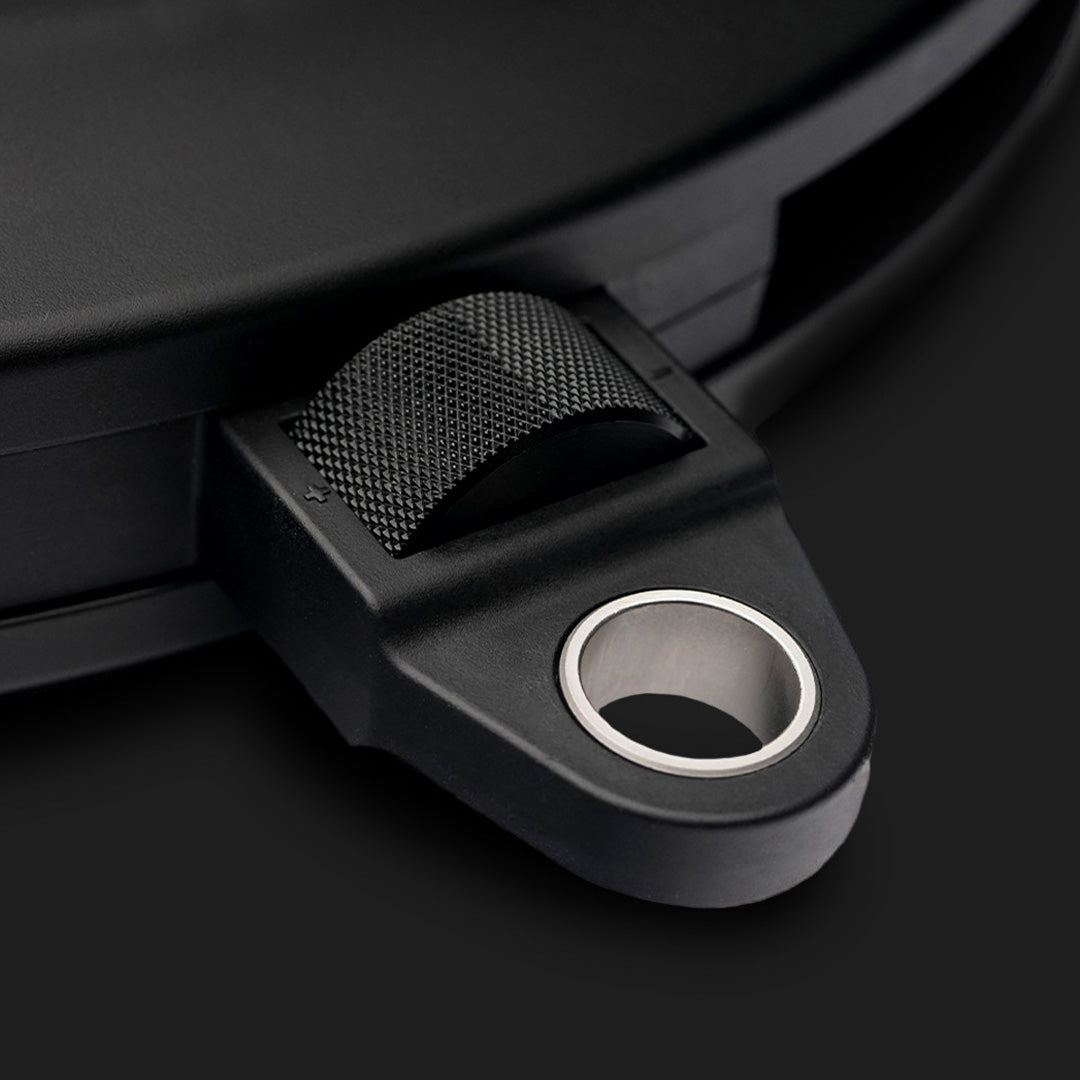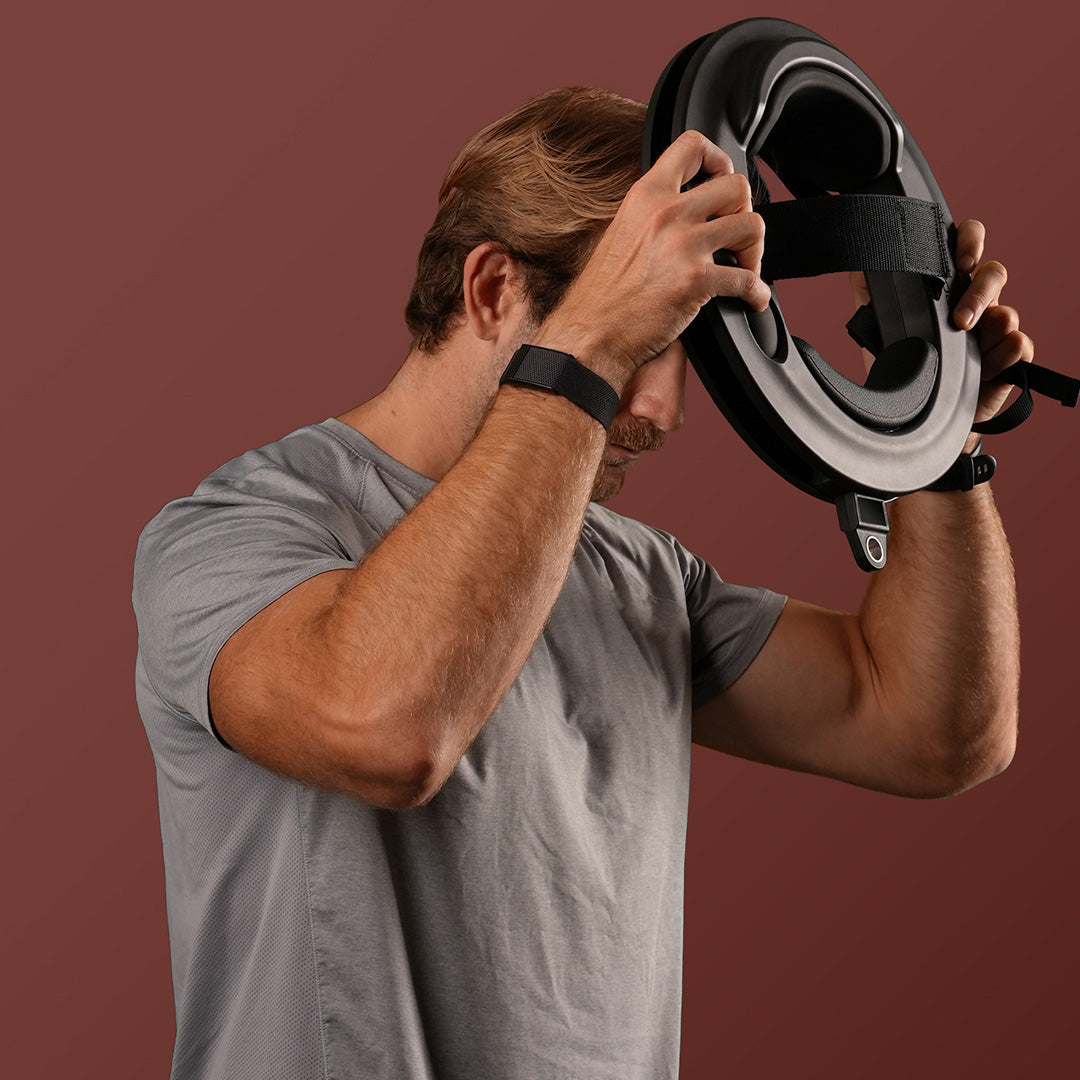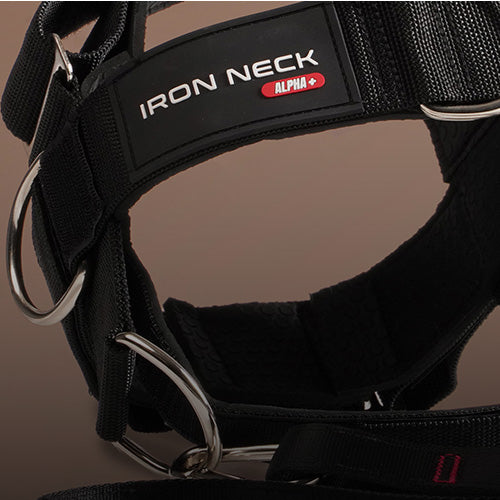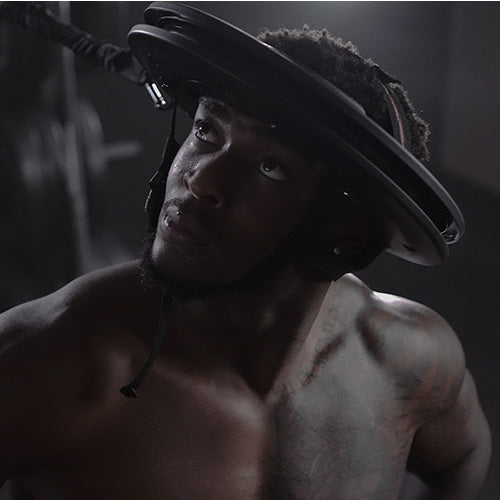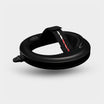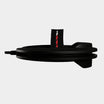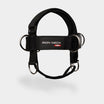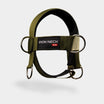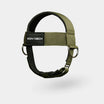Are you suffering from neck pain after wrestling? Unfortunately, pain and soreness comes with the territory of this sport. Anyone who spends enough time wrestling will deal with some sort of pain in the neck. However, there are ways to treat - and even prevent - serious pain and discomfort from bogging you down. There are several reasons why wrestling leads to neck issues and it's important to consider them all as you seek possible treatments. No matter what caused your neck injury, though, there are several steps you can take to reduce its effects and get back to your sport in no time. We’ll cover them all today.
Why Is My Neck Sore After Wrestling?
There are a couple of different reasons you may experience neck pain after wrestling. One is definitely more benign than the other - muscle soreness. It's not uncommon to suffer from some muscle soreness after you've had a tough workout. Although you might not think of the neck as being a part of the body that undergoes any kind of exertion during an exercise, the truth is that wrestling can put a serious strain on your muscles (though not necessarily in a bad way). That’s because the neck muscles are forced to stabilize for long periods of time, sometimes in compromised positions. However, the other culprit behind neck soreness is neck injury. This may require some time off along with more intensive treatments. Sometimes, neck injuries are obvious - you may remember the exact moment you sustained the injury (like an uncomfortable hold that lasted a bit too long or trauma when you hit the mat too hard). In other cases, you may have underlying areas of weakness that are making you more susceptible to injury. These might not become apparent until long after an injury has already developed. Let’s take a look now at what could be giving you grief.
Common Neck Injuries From Wrestling
There are a few types of neck injuries you might suffer from as a wrestler. The most common is a cervical sprain or strain. This typically occurs when you fall or hit the mat hard, with the head quickly and forcibly moved from one spot to the next. It can cause spasms in the neck along with pain and difficulty moving your head and neck. Headaches often result, too. Often, when the bridging technique is used to escape or counter an attack by an opponent, the neck or back can be hyperextended. Hyperextension, like a cervical sprain, can cause severe stiffness and pain in the neck. Another issue that can arise for wrestlers occurs during take-downs. A head-first takedown can compress the discs in your neck and mess up your alignment. Even something as simple as poor posture can injure the muscles and ligaments in your neck, leading to a strain or sprain. Your low center of gravity makes it much more likely for you to injure yourself. So, consider if any of these could be the cause of your discomfort. If you aren’t positive, further medical treatment may be possible. At any rate, there are some ways you can treat or even prevent injury or pain in the first place - let’s take a look.
How To Treat & Prevent Neck Pain From Wrestling
Depending on what caused your sore neck, there are a few ways you can address the pain and prevent it from getting any worse. If you’re here early enough, you might even be able to prevent pain altogether in the first place! If your neck muscles are sore simply due to overuse, you should be able to loosen up the tension by applying a hot or cold pack. Keep your neck moving to keep up your range of motion. Gentle neck stretches and exercises like the ones we'll uncover later in this article are great for keeping things limber. Other recovery tips like stretching, eating a healthy diet, and getting a nice deep tissue massage can help, too. Rest is the single best treatment for a sore neck, but don't overdo it.
While you don't want to do anything too strenuous after an injury, it's important that you keep moving to ensure that you have a good range of motion. Motion is lotion, as they say! You should also consider more active recovery exercises. Again, rest is important - but there are several stretches and exercises you can do that will both prevent a sore, stiff neck in the future and help improve conditions in your neck now. Poor posture, tough takedowns, and excess torque can also lead to injuries while you are wrestling. If you suffered from a more traumatic injury or think you might be suffering from more serious alignment or ligament issues, it's a good idea to get in touch with a chiropractor or other medical professional. Do this before trying any of the movements recommended below.
The Top Exercises To Prevent Neck Pain Or Injury
If you're ready to take your neck health more seriously, it's time to consider adding these exercises to your daily or weekly workout regimen. Start slow, and always master the technique before adding load to any of these exercises.
Wrestler's Bridge
This is a simple exercise that can be done without any extra equipment. You'll start by laying on the ground with your feet flat on the floor and your knees pointed toward the ceiling. Put your hands on your head, elbows up, then press upward until the top of your head rests on the ground. Your hands should remain on the floor, supporting most of your weight. Bring your hips as high as you can and hold. Once you get really good at this movement, you can do the exercise without your hands. The goal here is to bring your hands off the ground so that your weight is distributed to your neck and head. This isn't an exercise to try if you're already suffering from a neck injury, but it's a great option to strengthen your neck to guard against problems in the future.
Resistance Band Lateral Flex
Resistance bands aren't expensive, and they're versatile tools that can be invaluable when it comes to creating a solid workout routine for preventing neck pain. You can use something as simple as resistance bands to get started. All you need to do in this simple movement is move your neck in a lateral motion. The resistance band will apply gentle pressure to the side of your neck so all you have to do is gently move back and forth. By doing this exercise a few minutes a day for several weeks, you'll notice serious improvements in pain reduction and neck strength.
Forward Head Tilt
Another exercise you can do with your Iron Neck resistance bands is a forward head tilt. This will strengthen the largest neck muscles that are located at the back of your neck. With your resistance band attached, gently tilt your head forward. Your chin should touch your chest. Then, bring your head to an upright position and repeat.
Neck Extension with Harness
You can do a neck extension without a neck harness, but we highly recommend investing in one. This will allow you to use heavy weights and get a better workout for your neck. You can use any amount of weight you'd like, but you may want to start this exercise unweighted to get the hang of proper form. You'll simply stand with both arms down by your side, press both shoulders down, tuck your chin to your chest, then extend your head back while elevating your chin to the ceiling. Be sure to keep your arms flat by your side!
Locked Neck Body Turns
A final exercise to do requires the use of the Iron Neck machine - which we’ll discuss in-depth shortly. If you don't have one yet, this is a machine that's worth the investment for a wrestler or any athlete for that matter. It will allow you to apply resistance to your neck muscles and ensure a safe yet effective workout. To do this exercise, step back and get tension on your neck with either the Iron Neck or a resistance band. Then, keep your neck in a neutral, fixed position as you twist at your hips. You'll do this in all four directions related to the anchor point of your resistance.
How To Actually Train The Neck - What Equipment Do I Need?
Although any kind of neck exercise sans special equipment can help you prevent injuries and neck discomfort, bodyweight will only get you so far. At a certain point, you should invest in some equipment to start taking your training to the next level and really strengthen your neck. You can upgrade your workouts and provide a major boost to your overall health and fitness. The Iron Neck is an example of such a machine - it will help you strengthen your neck to better prepare it for wrestling. This product is designed specifically for targeted neck training. Anyone who practices any form of grappling or combat sport should get one!
The Iron Neck machine provides both physical protection from the trauma inflicted on the neck during wrestling matches (such as whiplash) but also helps build muscle mass. This makes the machine a must-have for wrestlers. If you're looking for a more basic design (or are on a budget), don't worry - Iron Neck has something for you, too. You might consider buying resistance bands and a neck harness. These can help you get the same sort of impact as an Iron Neck machine but with a significantly lower price tag. Just be aware you won’t unlock as many exercises as the Iron Neck, which allows for 360-degree training. So what are you waiting for? If you want to cut your risk of neck injury substantially, increase mobility and strength, all while toppling your opponents on the mat while wrestling, it's time to start training with the Iron Neck.


